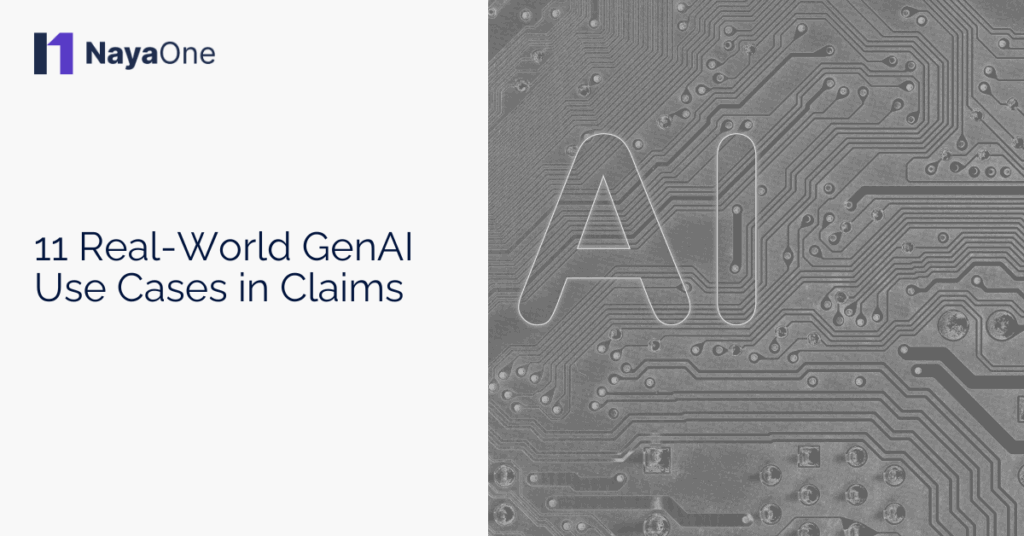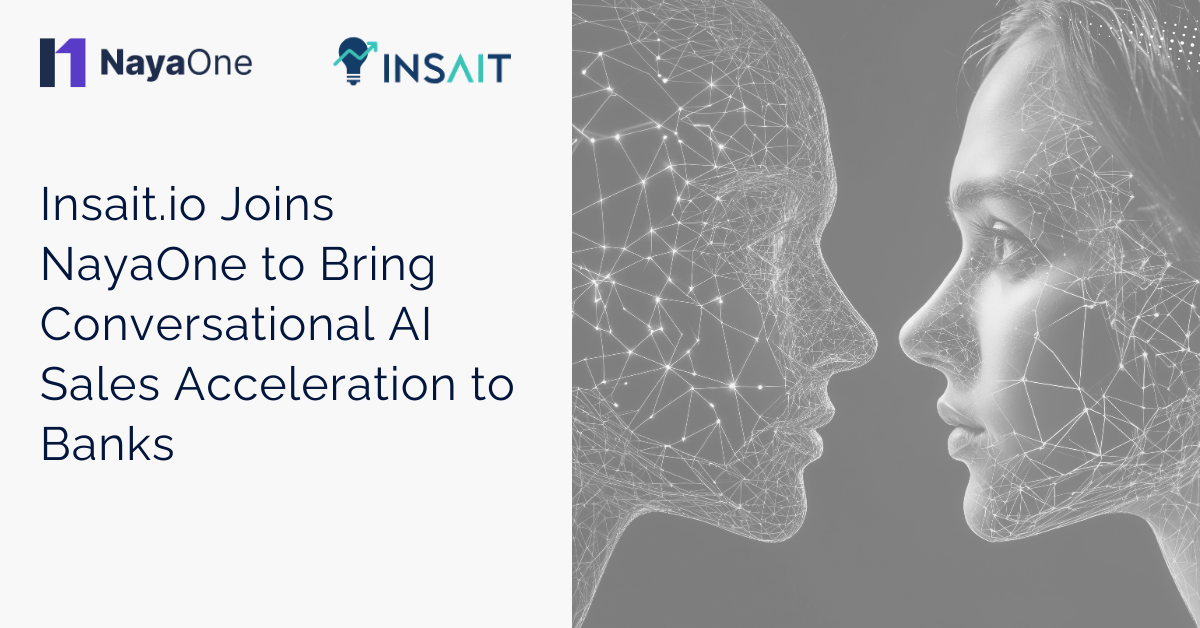As we work with insurers across the industry, we’re seeing something accelerate: GenAI is moving fast in claims.
What started as isolated proof-of-concepts has evolved into real deployments – powering adjusters, streamlining intake, reducing fraud, and transforming how claims are handled end to end. In a short period of time, generative AI has gone from early experimentation to live production inside some of the most complex environments in insurance.
Many of these use cases are now being validated through NayaOne’s platform – where insurers are testing tools with synthetic data, measuring impact, and scaling what works. We’ve seen GenAI copilots embedded in adjuster workflows, document summarisation tools reducing triage time, and fraud models improving accuracy using synthetic edge-case scenarios.
In this post, we’ve captured 11 of the most common and high-impact use cases now being implemented across the market – alongside the vendors helping make them happen. Whether you’re exploring where to start, how to validate tools, or how others are solving similar challenges, we hope this gives you a clear view of what’s working in the real world.
Customer Agents
Simplifying the claims journey for policyholders
Claims is where trust is won or lost. But for most customers, it’s still slow, unclear, and frustrating. GenAI is helping fix that.
- Virtual Claims Assistants
Chatbots powered by large language models guide customers through claims submission, clarify policy terms, and answer questions in real time.
→ What it improves: Faster responses reduce claim cycle times and improve NPS
→ Desired outcome: Higher first-touch resolution, fewer call centre escalations
- Smart Intake Forms
Dynamic, AI-powered forms adapt based on input to collect cleaner, more complete claim details.
→ What it improves: Cuts down follow-ups, reduces days to close
→ Desired outcome: Faster FNOL-to-triage handoff, fewer errors in intake
- Personalised Claim Updates
GenAI drafts status updates, payment notices, and decision communications – tailored to the customer’s tone and policy.
→ What it improves: Improves NPS, reduces support tickets
→ Desired outcome: Timely updates that boost transparency and trust
Employee Agents
Helping adjusters move faster and make better decisions.
Adjusters have too much on their plate. GenAI helps them move faster without cutting corners.
- Claims Copilot
AI copilots assist handlers by drafting settlement summaries, identifying policy clauses, and suggesting next steps.
→ What it improves: Reduces adjuster handle time and LAE
→ Desired outcome: Faster throughput with higher decision consistency
- Document Summarisation & Triage
GenAI reads and condenses long documents – like medical reports and loss descriptions -into actionable insights.
→ What it improves: 30–50% less manual review time, faster triage
→ Desired outcome: Clear summaries that reduce time to first action
- Risk & Outcome Prediction
Models forecast resolution timelines, likely payout bands, and escalation risks based on case history.
→ What it improves: More accurate routing, fewer reopens
→ Desired outcome: Smarter resource allocation and prioritisation
- Auto-Drafting of Denial Justifications
GenAI generates compliant, policy-aligned denial letters with supporting rationale.
→ What it improves: Reduces LAE, improves regulatory consistency
→ Desired outcome: Fewer escalations, better audit-readiness
Developer Tools
Giving teams the data they need to test and train safely
No good AI without good data – and insurers are using GenAI to close that gap.
- Synthetic Claims Data Generation
LLMs generate realistic, privacy-safe claims data for AI development and testing.
→ What it improves: Faster tool validation, compliant training environments
→ Desired outcome: Realistic test conditions without privacy risk
- Fraud Scenario Simulation
GenAI generates edge-case and rare fraud scenarios for model tuning and team training.
→ What it improves: 25–35% improvement in fraud detection precision
→ Desired outcome: Better-trained models and adjusters without PII exposure
Infrastructure & Ops
Making GenAI safe, scalable, and ready for production
Pilots are easy. Safe delivery at scale isn’t. Infrastructure matters.
- Compliance & Testing Sandboxes
Secure environments to test GenAI tools for fairness, performance, and compliance before go-live.
→ What it improves: Speeds up time-to-value while reducing risk
→ Desired outcome: Trusted validation before vendor onboarding
- Workflow Orchestration
GenAI agents coordinate tasks, prompt for decisions, and flag blockers in complex claims.
→ What it improves: Reduced handoffs and manual follow-ups
→ Desired outcome: Lower cost-to-serve through better internal flow
How NayaOne Helps
We work with insurers to test and validate GenAI tools in secure, production-like environments. Our platform includes:
- Access to synthetic claims data libraries
- Structured AI validation workflows
- Pre-configured environments for vendor PoCs
- Compliance-first delivery paths
Whether you’re building your own tools or scouting vendors, we help you find what works – safely, quickly, and with less risk.





